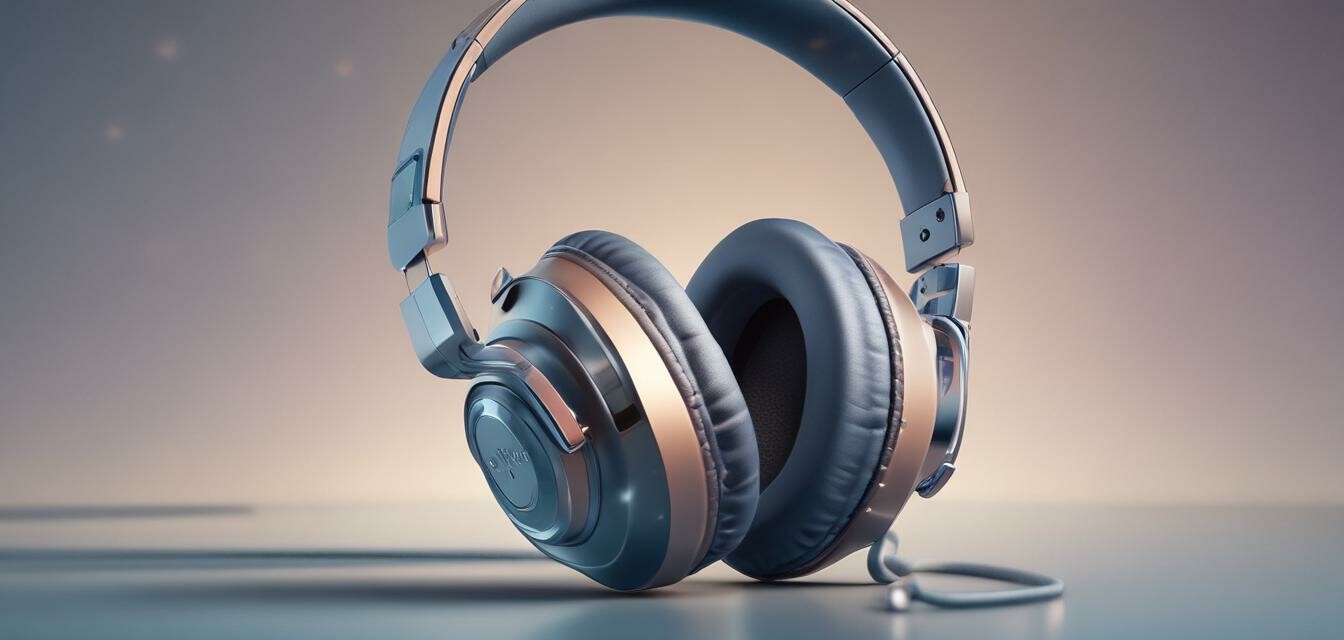
Criteria for choosing headphones for critical listening
- Focus on transparency and fidelity when selecting headphones.
- Comfort matters: choose lightweight designs that fit well.
- Consider open-back vs. closed-back designs for your listening environment.
- Pay attention to frequency response for balanced sound.
- Assess cable options, wireless connectivity, and build quality.
Selecting the right headphones for critical listening can be challenging, especially with a myriad of options available. Whether you're a professional sound engineer or an audiophile, understanding the fundamental criteria for choosing headphones is essential to enhance your listening experience. In this article, we will explore various factors to consider to help you make an informed decision.
1. Understanding critical listening
Critical listening is the practice of actively listening to audio with the intent to analyze and evaluate sound quality. This might involve assessing the accuracy of a sound mix, focusing on tonal balance, and understanding the presence of different audio elements. To achieve this, having the right headphones is vital.
2. Key features to look for
When browsing through various headphone options, here are some of the most crucial features to look for:
| Feature | Description |
|---|---|
| Transparency | Headphones should provide a clear and neutral sound, resembling live performance. |
| Fidelity | Look for headphones with high fidelity, delivering accurate sound reproduction. |
| Comfort | Lightweight materials and plush ear pads enhance comfort during long listening sessions. |
| Impedance | Choose headphones with appropriate impedance for your equipment to deliver optimal sound. |
| Cable and Connectivity | Consider wired vs. wireless options, as well as detachable cables for longer lifespan. |
3. Open-back vs. closed-back headphones
One of the significant debates in the headphone world is whether to choose open-back or closed-back headphones for critical listening:
Open-back headphones
Open-back designs allow air and sound to pass through the ear cups, providing a more natural listening experience. They are ideal for studio use or home listening but may leak sound, impacting those around you.
Closed-back headphones
Closed-back headphones, on the other hand, seal off sound from the environment and prevent sound leakage. This design is suitable for public spaces or when you want to isolate yourself in the listening experience.
4. Frequency response
The frequency response of headphones refers to the range of frequencies they can reproduce. A broad and balanced frequency response is crucial for critical listening.
| Frequency Range | Importance |
|---|---|
| 20 Hz - 250 Hz | Reproduces bass sounds, providing a solid foundation in music. |
| 250 Hz - 2 kHz | Includes the fundamental frequencies of many instruments and vocals. |
| 2 kHz - 20 kHz | Covers the highs, contributing to clarity and detail in sound. |
5. Cable options
Whether you opt for wired or wireless headphones, consider your usage scenario. Wired headphones often deliver better sound quality and reliability, while wireless headphones offer convenience and portability.
6. Build quality and durability
Investing in well-built headphones ensures longevity. Look for robust materials that can withstand the wear and tear of daily use.
Pros
- Enhanced audio clarity for critical listening.
- Long-lasting comfort for extended sessions.
- Diverse options for different listening environments.
Cons
- Can be expensive compared to standard headphones.
- Open-back designs may not be suitable for all environments.
- Wired options can limit mobility.
7. Conclusion
Choosing the right headphones for critical listening is a significant investment for anyone serious about sound quality. By focusing on features such as transparency, fidelity, comfort, and understanding the differences between open and closed-back designs, you can make a well-informed decision.
Explore more on our Headphone Buying Guides page for valuable insights into selecting the perfect headphones for your needs.